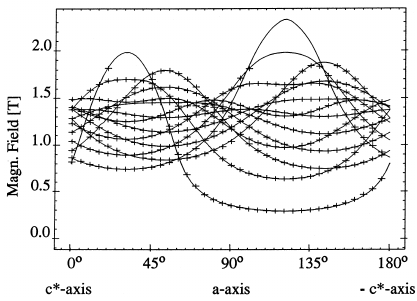-
Wavelength dependent loading of traps in the persistent phosphor SrAl2O4:Eu2+, Dy3+
H. Hagemann, D. Lovy, S. Yoon, S. Pokrant, N. Gartmann, B. Walfort and J. Bierwagen
Journal of Luminescence, 170 (1) (2016), p299-304


DOI:10.1016/j.jlumin.2015.10.035 | unige:79111 | Abstract | Article HTML | Article PDF | Supporting Info
The persistent phosphorescence and thermoluminescence of SrAl2O4:Eu2+:Dy3+ is reported for a variety of different excitation wavelengths and excitation temperatures, to provide new insights in the mechanism of the trapping and detrapping. These measurements reveal that the trapping is strongly dependent on the wavelength and temperature. First, with increasing loading temperature, the thermoluminescence peak shifts to lower temperatures which corresponds to a change of trap population. Secondly, the integrated thermoluminescent intensity increases with increasing loading temperature. All wavelength and temperature dependent experiments indicate that the loading of the traps is a thermally activated processes. Utilizing different wavelengths for loading, this effect can be enhanced or reduced. Furthermore excitation with UV-B-light reveals a tendency for detrapping the phosphor, reducing the resulting thermoluminescent intensity and changing the population of the traps.




